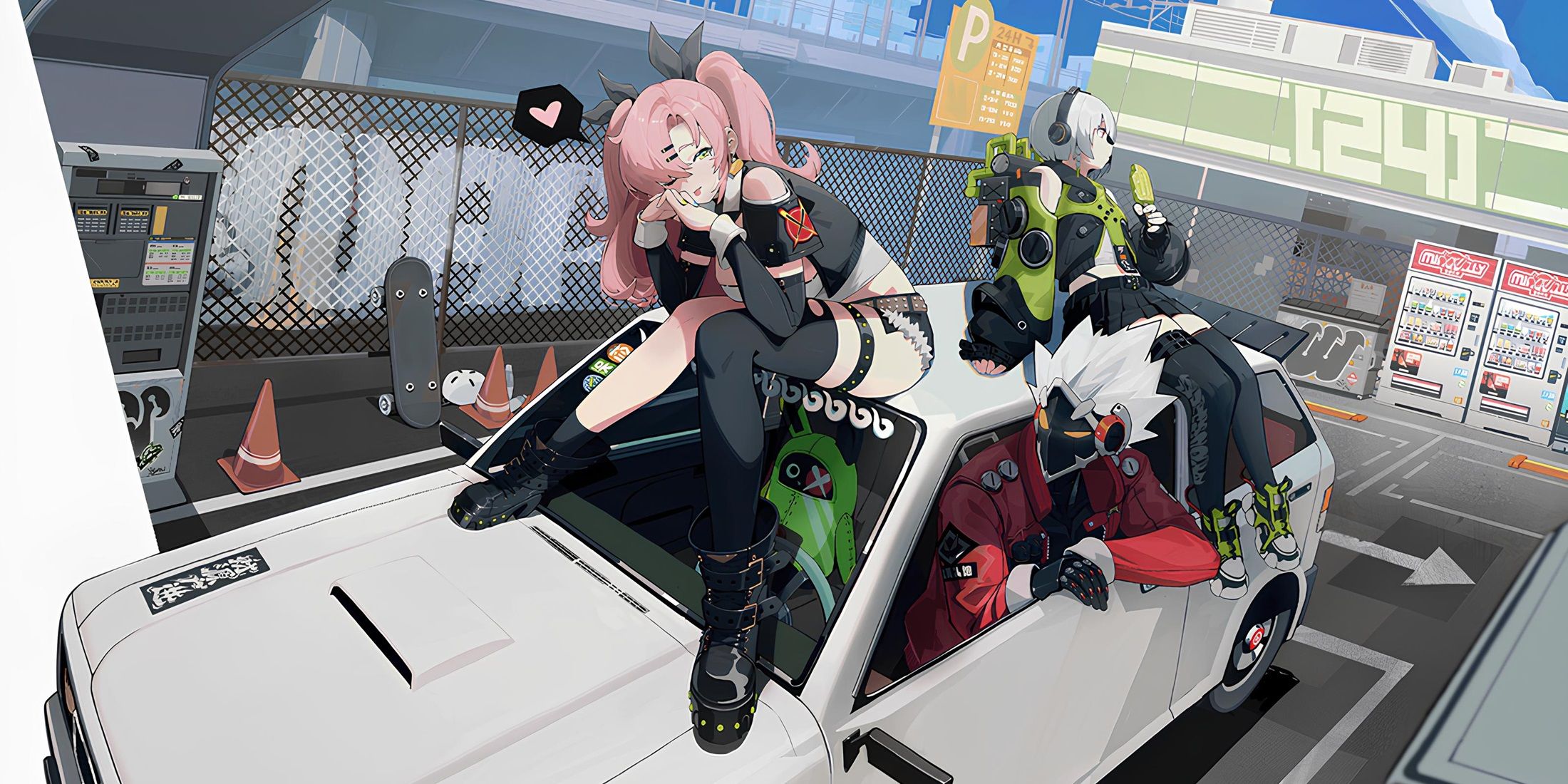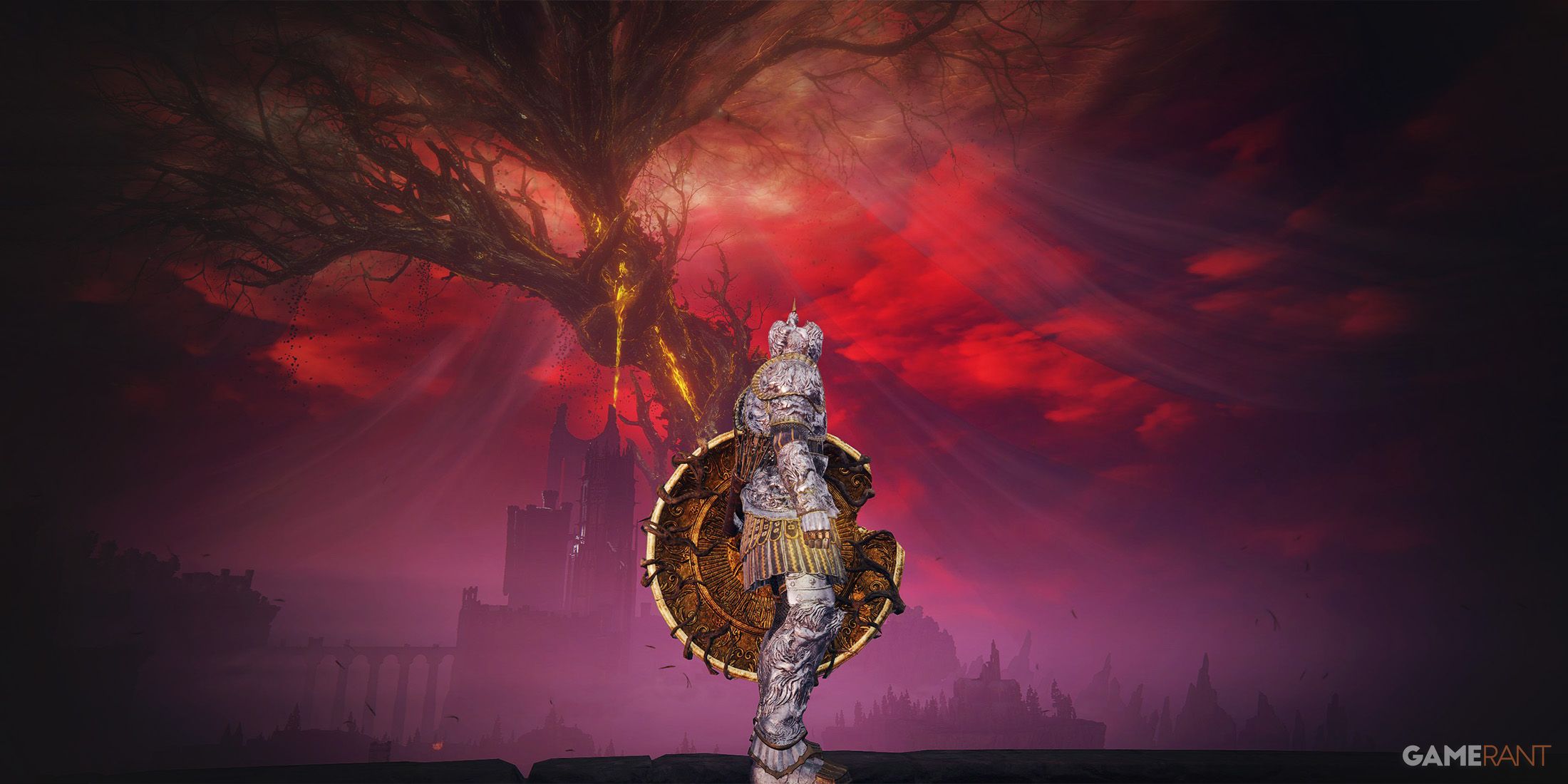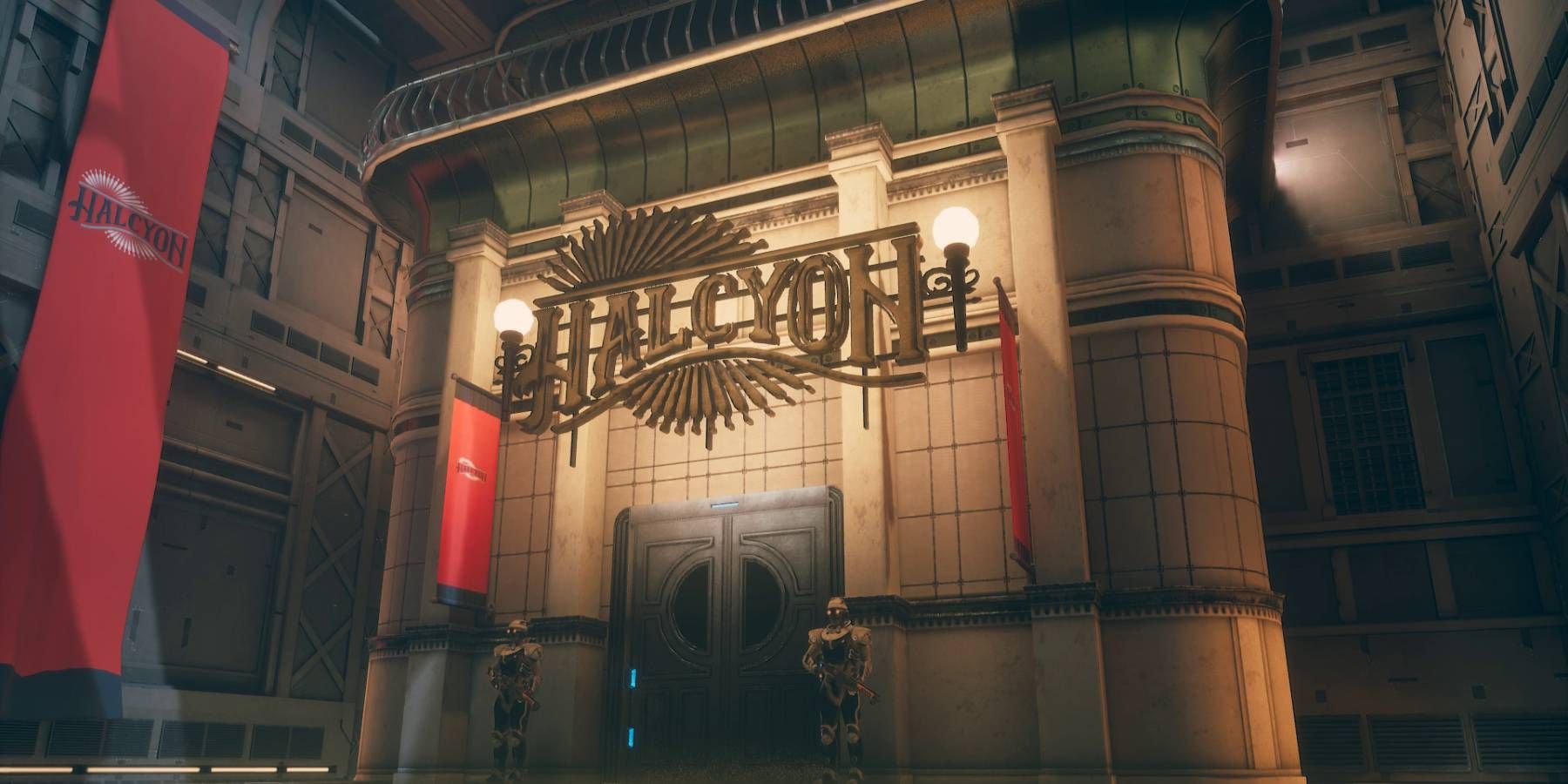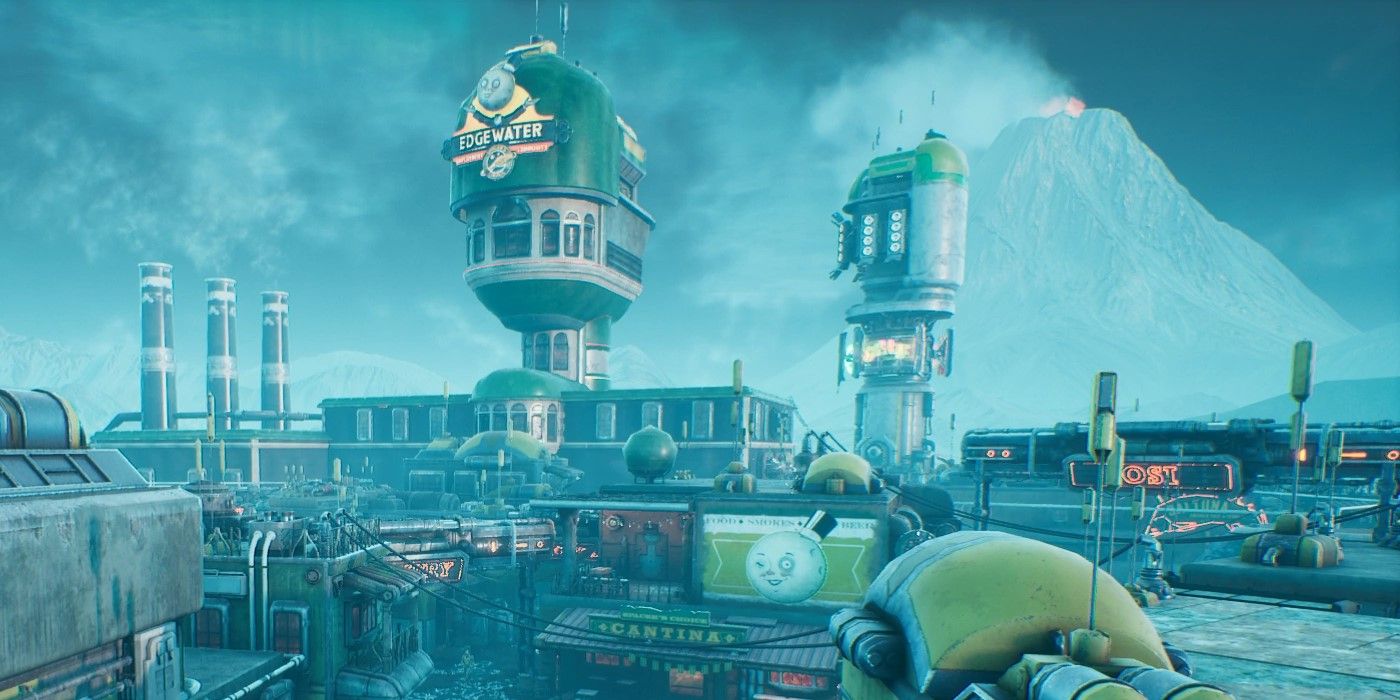Exploring new planets in The Outer Worlds 2 could not only show the players new societies, but show them some of the galaxy's new rules. After the first game's approach to a largely corporation-owned galaxy laid out what players should expect, whatever direction the next game goes in should do the same early on. The Outer Worlds 2 will likely be following in its predecessor's footsteps by showing a version of space that's not in line with most science fiction adventures. And in doing so, it will need to do a good job of explaining what makes it different.
One of the most prominent aspects of The Outer Worlds' Nebula award-winning story is the corporate influence of the Halcyon system in the game. With the exception of the Groundbreaker, almost every area of Halcyon is owned by at least one of the major corporations present in the setting. The concept of company towns is exaggerated into full planets that are owned by a single company, among other things. This is best exemplified with The Board, the primary antagonists of the game. As the heads of the biggest corporations in the galaxy, they wield nearly unchecked power to keep themselves at the top of the food chain.
The Outer Worlds Thrives On Its Own Societal Rules
It doesn't take long for the Board's influence in The Outer Worlds Halcyon system to show itself. Even as early as the tutorial, an injured guard admits to the player that he isn't allowed to accept assistance from anyone outside his own corporation. Likewise, the first town the player visits, Edgewater, has its denizens getting sick because they eat nothing but the horribly unhealthy food that comes from their cannery. The toxic influence that these power-hungry corporations is made clear from the outset of the game. It works as an effective way to motivate players to fight against the Board later on.
The first game's corporate gimmick may not be repeatable due to The Outer Worlds 2's new star system, that is actually an advantage since it will let players discover a new kind of civilization. In the process, the game will need to explain the rules of the new worlds that the player will explore. Just as the first game focused on unchecked corporate power, The Outer Worlds 2 will need to explain how its colonies are run. Whether the new colonies are focused on religion, nature, industrialization, or any other concept, it will need the same kind of wordbuilding that The Outer Worlds benefited so heavily from.
The unwritten rules of these space colonies are perfect for the writing team to work with. The Outer Worlds' quirky sense of humor was an excellent fit for satirizing the absurdity of the corporate-controlled colonies for this reason. Whatever theme The Outer Worlds 2 ends up going with will need to be established early in the game's runtime. The best way to do so may be to take a similar approach to the first game. Just like how Edgewater showed some of the worst flaws of a completely corporate-controlled colony, The Outer Worlds 2's initial location could do the same for its own colony gimmick.
The Outer Worlds was shaped by the unwritten rules of its colonies, and the sequel would benefit from the same formula. Leaving Halcyon behind for Outer Worlds 2 will give players a chance to experience a completely different flavor of society than what was seen in the first title. One of the most important things about storytelling in The Outer Worlds is the intangibles about the colonies' society. That's a significant part of what made Halcyon from the first game so memorable. The Outer Worlds 2's unwritten rules should be a priority in the game's writing.
The Outer Worlds 2 is in development.





